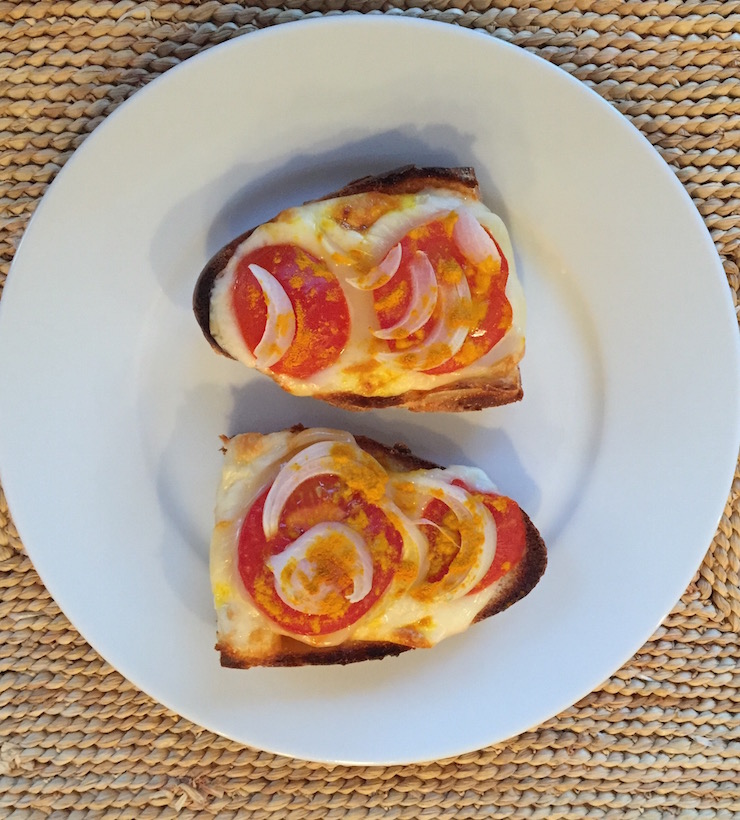In the past three to four years, there has been a new rising star in the American natural healing scene. Described as practically omnipotent and one of the best medicinal plants ever, it has finally been revealed to the world – turmeric.
Wherever I go, whether it’s health food stores, farmer’s markets, restaurants, and even the local supermarket or drug store, turmeric has the reputation of the new miracle. It is becoming very trendy in cooking, as well.
I must admit that my feelings about this fuss around turmeric are mixed. On the one hand, I am happy that Americans have finally discovered turmeric and can start enjoying its many medicinal and culinary benefits. On the other hand, I feel like turmeric is being treated like a superstar, it is huge and trendy, but usually, as soon as a new superstar shows up, people forget about it. I hope I’m wrong in this case.
You see, my relationship with turmeric goes back a long way. I’ve been familiar with turmeric ever since I can remember myself. My father’s parents were villagers who grew up in the mountains of Kurdistan and Northern Iran. They knew a lot about “natural medicine” (my grandma would laugh if she heard me call it that) not because they learned about it, but because they lived it. This amazing knowledge was acquired unknowingly simply by applying what they saw their parents do. When my grandparents immigrated to Israel, they brought this knowledge (and their amazing Persian cuisine) with them, and when needed, applied it on us.
I remember my grandmother sprinkling turmeric powder on my arm or leg, whenever I fell and hurt myself. I didn’t know why she did it, I didn’t ask. I was a little girl, and all I wanted is for someone to take care of my booboo somehow. Well, the turmeric worked. Every time. So I learned that whenever I cut or injure myself, the best way to stop the bleeding and heal the wound fast was to sprinkle turmeric powder on it. It worked better and faster than iodine and a band-aid. Today I know that one of turmeric’s most celebrated properties is it being anti-inflammatory and having the ability to clot blood.
Later on in life, after I had my first child and subsequently suffered from hemorrhoids (swollen and inflamed veins in a place where the sun doesn’t shine), an Indian friend told me that a great Indian remedy to treat hemorrhoids is to make a paste of turmeric powder and ghee (clarified butter), and apply it to the exposed hemorrhoids. I decided to sacrifice a pair of underwear and give it a shot (turmeric stains everything it touches yellow). After a few days, the hemorrhoids were gone. The turmeric shrank the hemorrhoids and cleared the inflammation.
On a more pleasant note, turmeric is one of the most, if not THE most, used spice in Persian cuisine (at least in my family). It adds color and flavor, and makes the food happy. My grandmother used to put it in almost every dish she made, Persian or not. I remember she once made us some beef patties and French fries, which were super yellow from the turmeric she added to them. Although they weren’t typical beef patties or French fries, it was all yummy nonetheless. After that, whenever our mom made French fries, we asked her to add turmeric to them.
This is how we used to eat our sunny-side-up eggs (when my dad cooked):

Or have our open face grilled cheese:

Look how colorful! Doesn’t it make you happy? And I haven’t even mentioned all of the wonderful Persian dishes featuring turmeric. Two examples are Basmati rice and Khoresh Sabzi.
Interested to learn more about Turmeric’s medicinal benefits? Check out this Dr. Axe’s article: https://draxe.com/turmeric-benefits/.
